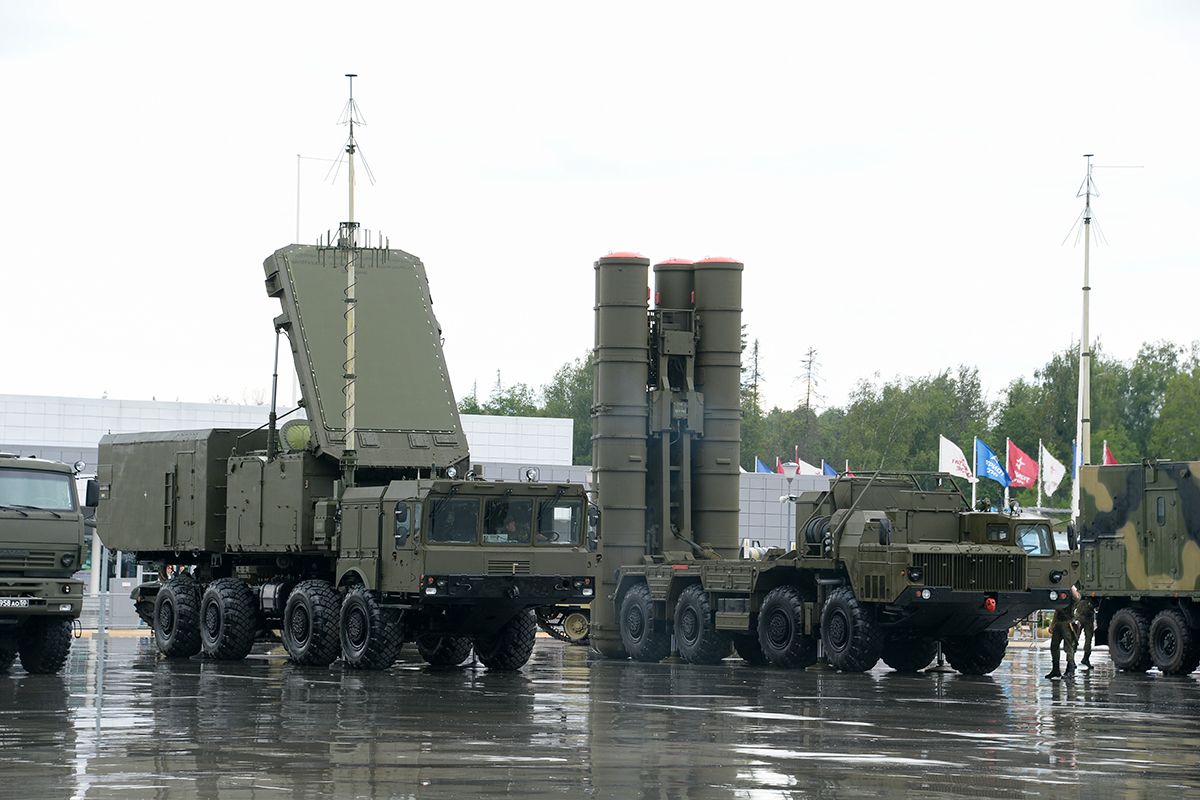Recent string of Crimea strikes can help 'dismantle' Russian air defenses before F-16s arrive, expert says

The recent string of Ukrainian strikes against occupied Crimea may help degrade Russian air defenses in the area and decrease the threat to Ukrainian tactical aviation, said Federico Borsari, a Leonardo Fellow at the Center for European Policy Analysis (CEPA), in a comment for the Kyiv Independent on June 12.
"The goal is to dismantle (the) Russian A2/AD (anti-access/area denial) bubble in Crimea before the arrival of Western fighter jets, especially F-16," Borsari said, adding the strikes also impose "serious capability losses and costs that are difficult to replenish and absorb."
Ukraine's military reported on a number of attacks against the peninsula in recent days, allegedly scoring successful hits against Russian S-300 and S-400 air defense systems.
Ukrainian forces reportedly destroyed two radars of S-300 and S-400 air defense systems near the Belbek military airfield and Sevastopol overnight on June 12.
Only two days earlier, Kyiv claimed yet another successful hit against S-400 and S-300 anti-aircraft missile systems in several areas in occupied Crimea.
Air defense losses apparently made Moscow nervous enough to move elements of the latest S-500 system to the peninsula, Ukraine's military intelligence chief Kyrylo Budanov said. Russian officials have not commented on the claim.
According to Borsari, the strategic benefit of these attacks consists of the "degradation of Russian air and missile defense envelope over Crimea and the adjacent Black Sea area, partly diminishing the threat to Ukrainian tactical aviation operating near the southern front line."
It can also open "more windows of opportunity for missile and drone strikes against targets in Crimea and beyond."
Two weeks ago, Ukraine reported several strikes against the Kerch ferry crossing that connects the peninsula to the Russian mainland.
Moscow actively used the ferry crossing to supply Russian troops in the occupied peninsula and defended it with Russian Pantsir, Tor, and S-400 Triumph air defense systems, the Ukrainian military said.
Though Kyiv does not always provide all the details on these attacks, including the weaponry used, the Ukrainian military reportedly received up to 100 long-range ATAMCS missiles from the U.S. less than two months ago.
In at least one attack during recent weeks, Ukraine acknowledged striking Crimea with ATACMS, while other strikes were reportedly carried out with domestic-made Neptun missiles or drones.
The Russian Defense Ministry often claims its forces are regularly shooting down scores of ATACMS over the peninsula, usually alleging no damage. These statements cannot be independently verified, and reports of damage often emerge shortly after.













